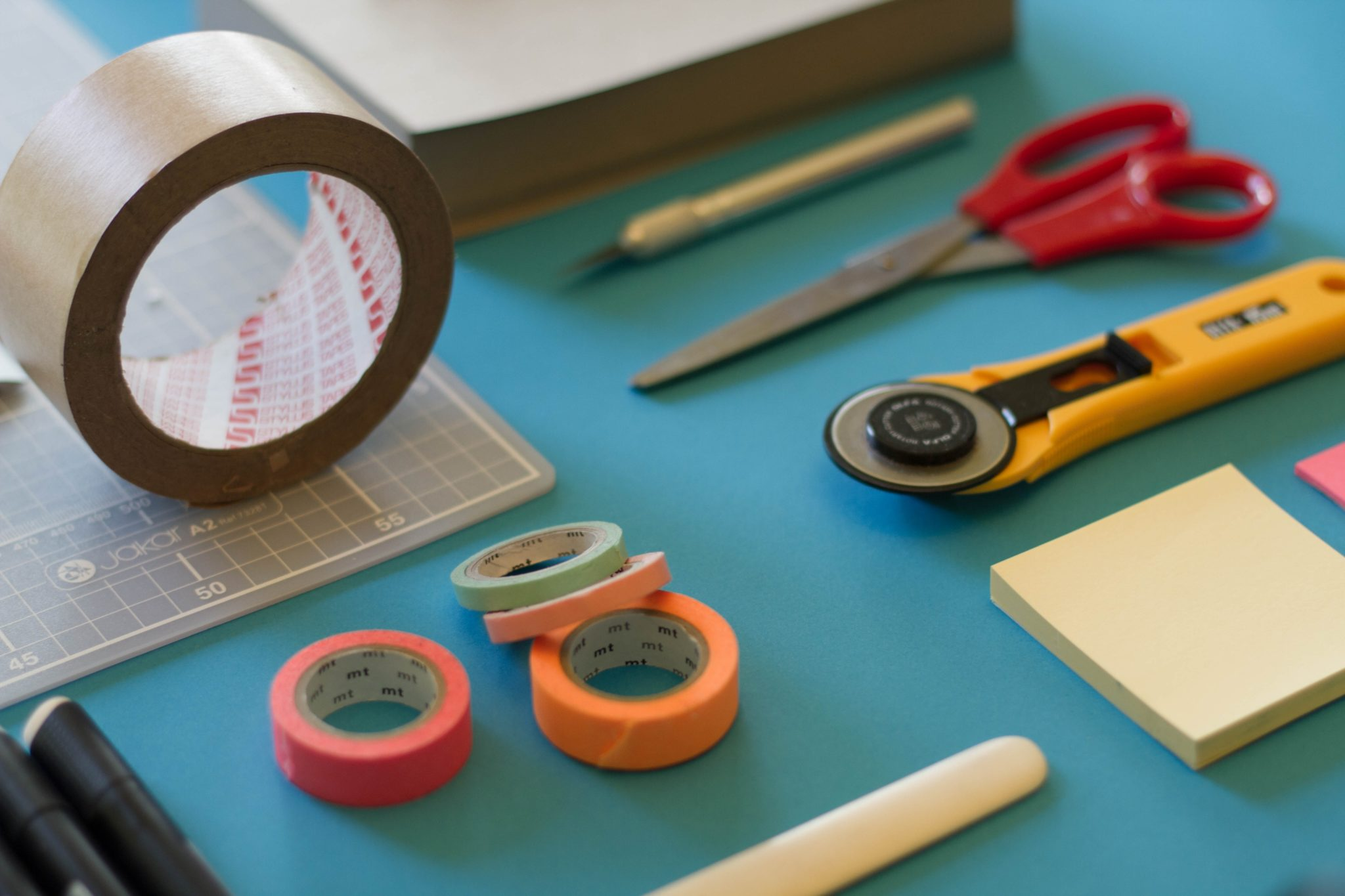Sharpen your Python debugging skills

Debugging is a fundamental skill for programmers, it’s a craft and we need to practice to be better at it. Here, I summarized the useful tricks and tools for debugging your Python code.
#1 View The Source Code Of A Function Or Object
Know the details of implementation is critical in debugging. When you are debugging a Python code, you may want to know the source code of a module, class, method, function, traceback, frame, or code object. The inspect module will help you:
|
#2 Print Log Into File
The log is the most important clue for us to understanding the runtime of code. Printing out log is a useful way to follow the program’s execution flow.
However, print in Python only outputs to a terminal. It’s far from ideal for complex troubleshooting, especially for server-side applications.
The print function in Python 3 is much more powerful because it can take more arguments, and specifying some arguments can output the contents of print to a log file.
|
Another useful and flexible module is logging, we could set the output filename, log format, etc..
|
For more usage please refer to logging — Logging facility for Python — Python 3.9.0 documentation.
#3 Track The Execution Time
For performance issues, we need to calculate the run time of a function. You might achieve it like this:
|
There’s a built-in module called timeit, we could use it to track the time with only one line of code:
|
#4 Interactive Debugging
REPL supports an incremental, interactive development style, and interactive debugging is a more efficient way. The ideal workflow is the repeated process of edit-run.
To invoke a program with an interactive session, we need to add the -i option:
|
To make your life easier, importlib.reload(module) is a suitable way to avoid restart the interactive session.
Let’s take an example, suppose we are run a function called demo, to fix an issue we need to make some changes for this function, then reload(module) will load the modified version of demo without restart our session:
|
This will save much time for debugging.
#5 Use Pdb
Python has a module called pdb to support interactive source code debugger. It supports setting breakpoints, single stepping at the line level. In addition, pdb print inspection of stack frames, values of variables, inspect source code, etc.
To start a program with a debugger, add -m pdb option for invoking scripts:
|
Another typical usage to break into the debugger from a running program is to insert:
|
Here are some useful pdb command
|
In most cases, we don’t need to follow every step in execution, pdb is the ultimate tool for debugging Python program.
Conclusion
When you debug Python code, have a try on these tricks and tools. To improve your skills in debugging, practice makes perfect!
Join my Email List for more insights, It's Free!😋
